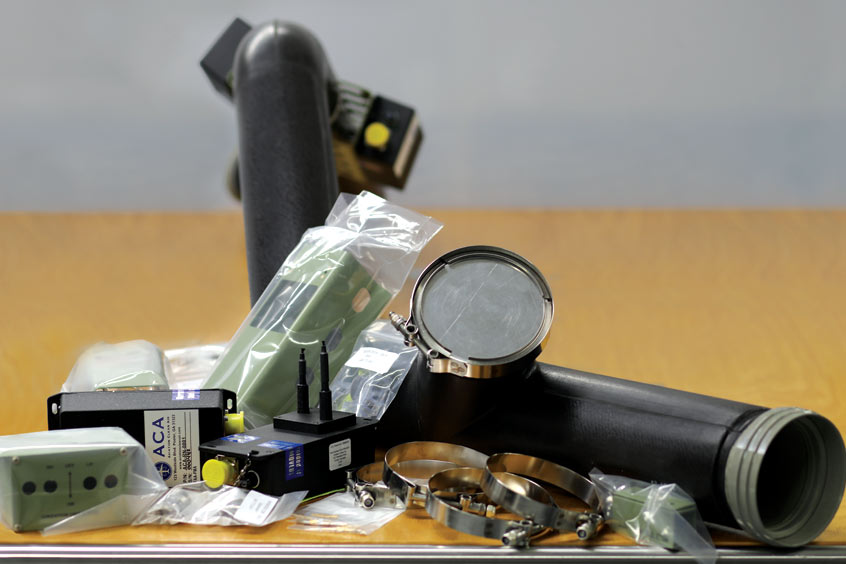Why visit ACE ’25?

Duncan Aviation has created an installation package for the Aviation Clean Air (ACA) ionisation system for Bombardier Global aircraft. The packages include everything necessary for installing the ACA ioniser system in Global aircraft, including the STC, the ionisers and parts manufacturer approval parts kits.
“Additionally, the Duncan Aviation facility in Lincoln, Nebraska, will perform the necessary modification of the air ducts for the installation. The installation of the ACA packages can be done at any of our three main facilities in Battle Creek, Michigan, Provo, Utah, or Lincoln, or many of the Duncan Aviation satellite shops located throughout the United States,” says manager of avionics install line Pat Mapes. “When we say the kit includes everything, we mean every screw, nut, bolt and switch necessary for the installation.”
The installation packages were developed for the Global aircraft, and the Duncan Aviation engineering and certification services team has also developed an STC and installation package to cover the installation of the ACA ionisation system in the Challenger 300 and Challenger 350 aircraft. Kits are available for those aircraft as well. Additional certifications for other airframes are also in work and will be shared publicly as they are completed over the next few months.
“There's been great interest in the industry for the ACA system,” Mapes adds. “Our sales teams are fielding calls from customers who are interested in other makes and models of aircraft, too. This system is designed to neutralise harmful pathogens like those that cause COVID-19, so if customers want peace of mind as they fly, this is the system for them.”
Designed to be installed in an aircraft's existing environmental control system, the ACA ionisers operate in the aircraft's ductwork. The ionised hydrogen molecules neutralise pathogens and remove allergens and unpleasant odours, including those from pets, cigarette and cigar smoke, engine exhaust, cooking, lavatories and VOCs (volatile organic compounds).
In May 2020, testing conducted by independent lab Innovative BioAnalysis found the ACA ioniser effective at rendering harmless the novel coronavirus that causes COVID-19. The lab test showed that 99.4% of the virus particles were inactivated within 30 minutes. The system has been tested and proven to kill the coronavirus that caused SARS (Severe Acute Respiratory Syndrome), as well.
In the midst of cold and flu season, on top of the global pandemic, it's good to know that the ACA Ioniser also deactivates other viral, bacterial and fungal pathogens, such as those that cause the common cold, flu (swine, avian, etc.), MRSA (methicillin-resistant Staphylococcus aureus), C. diff (clostridium difficile), E. coli (Escherichia coli), pneumonia, polio and mould.